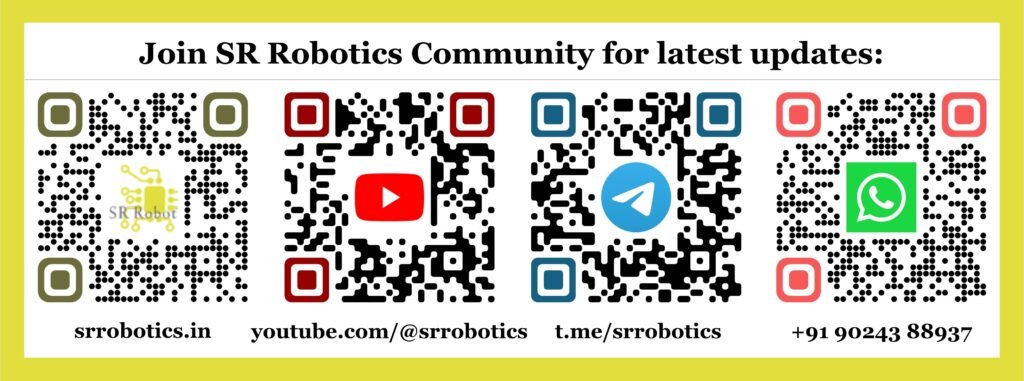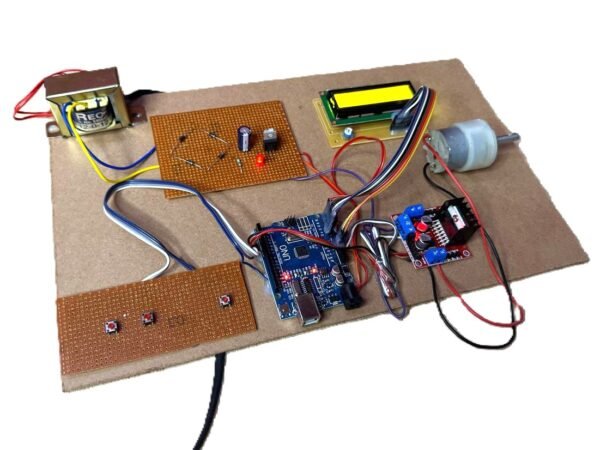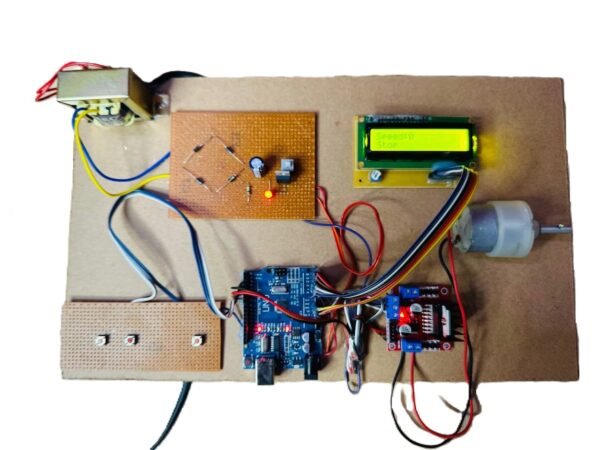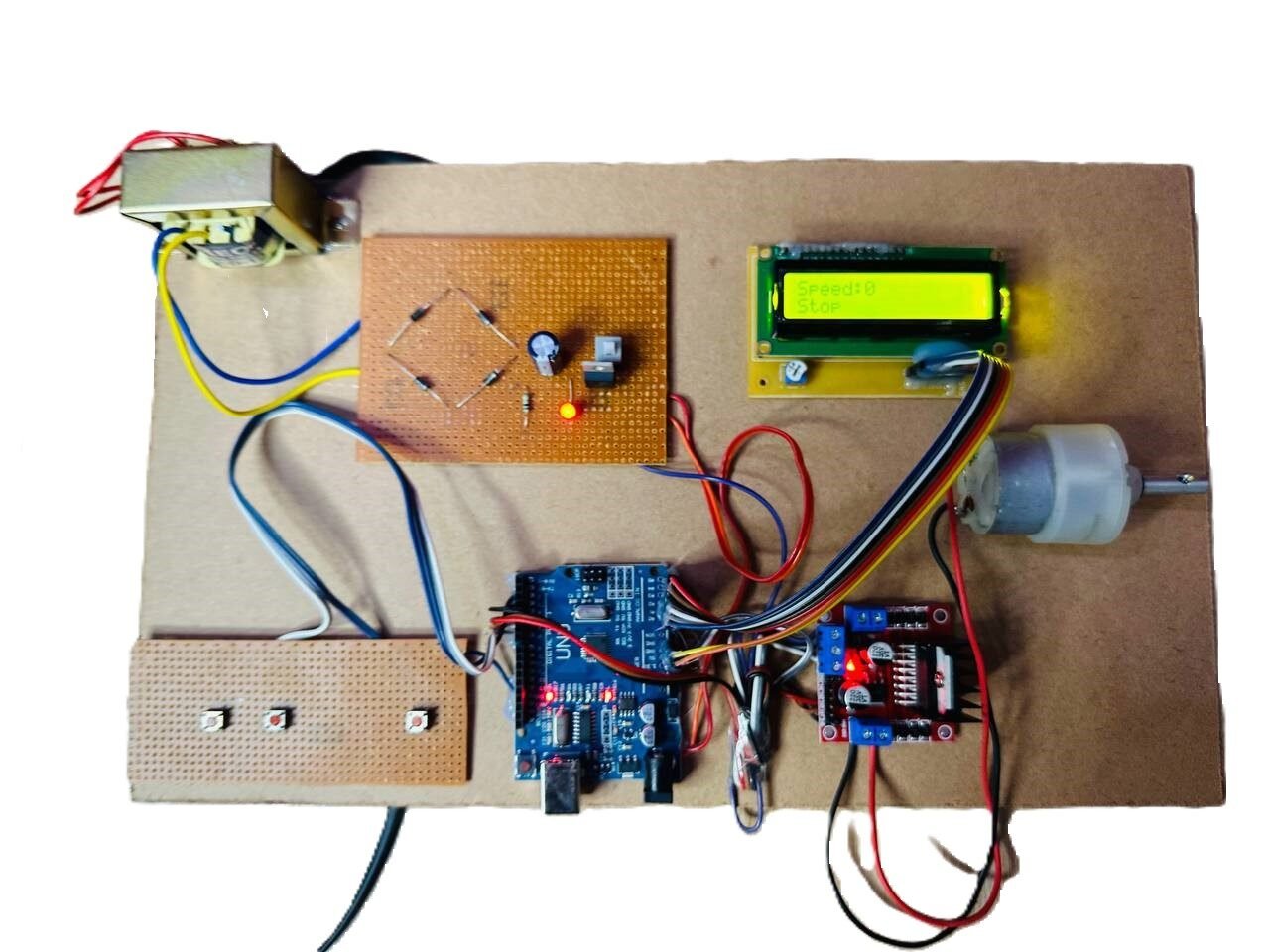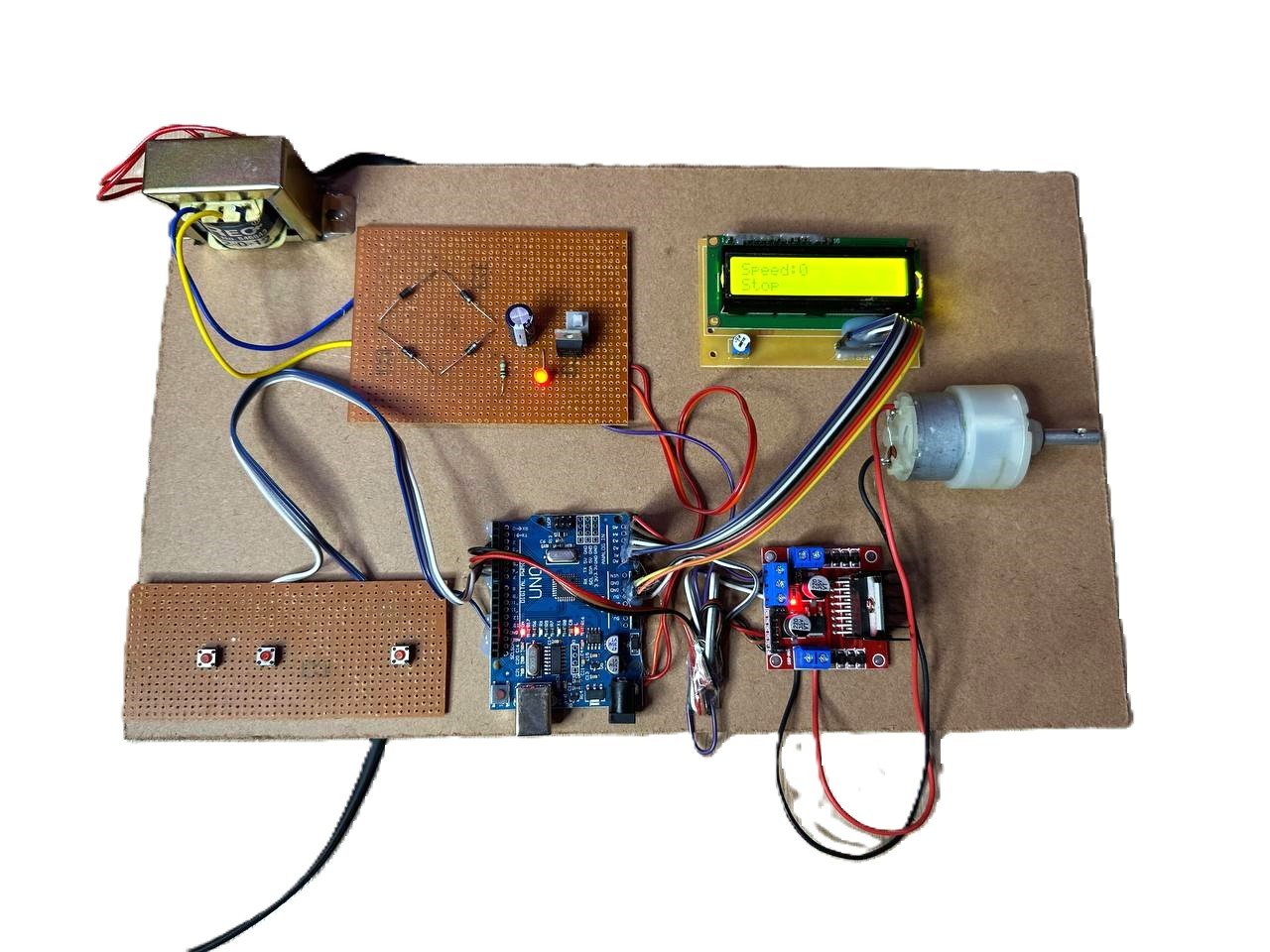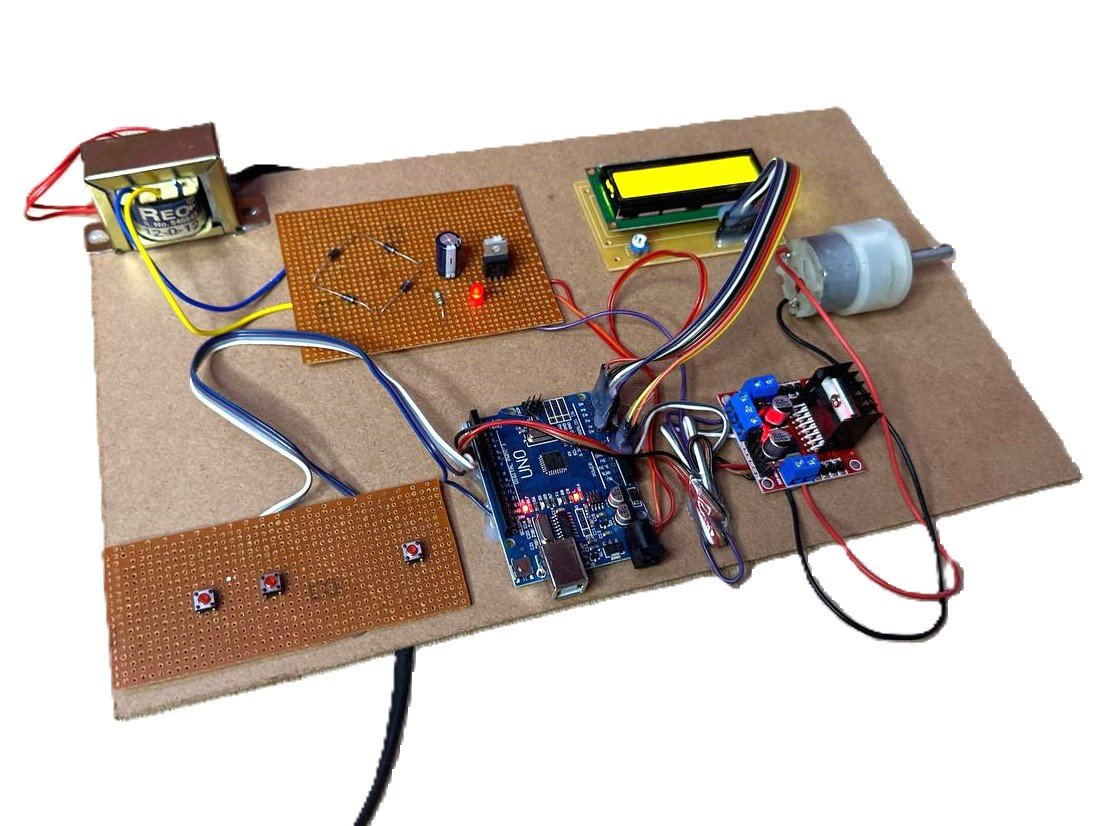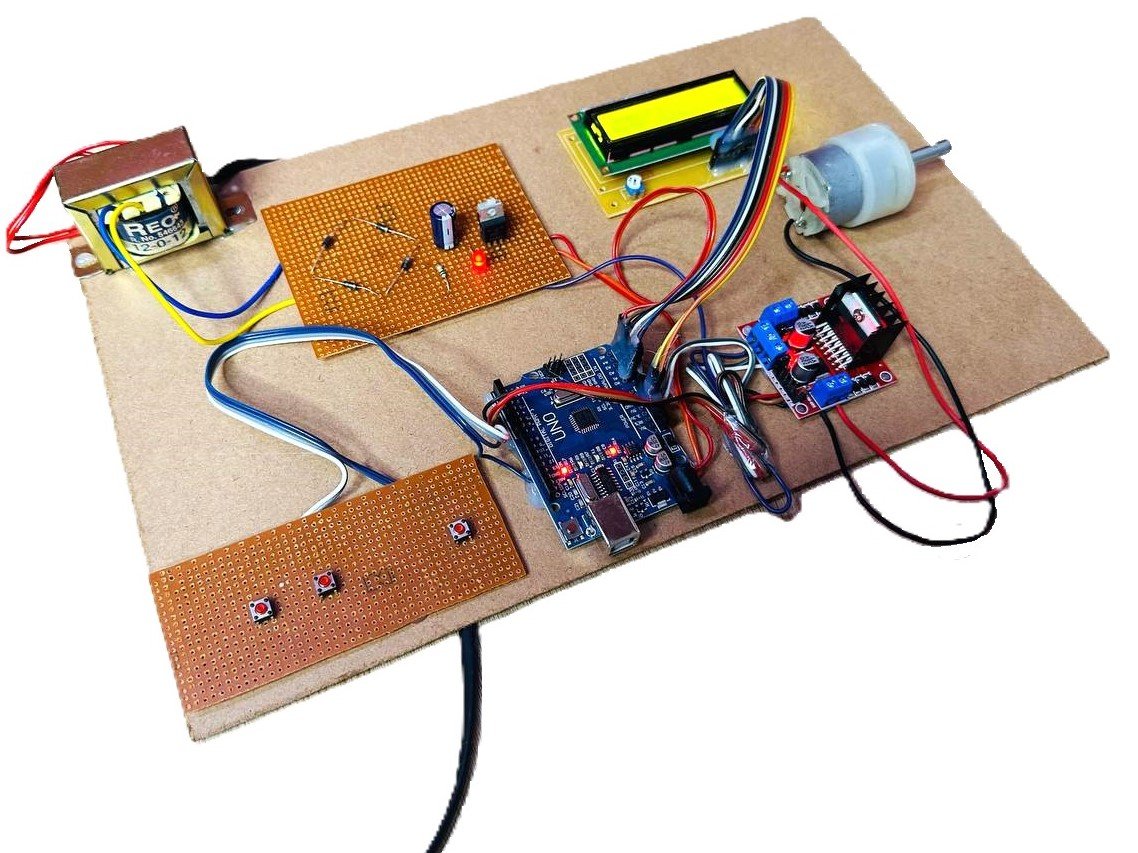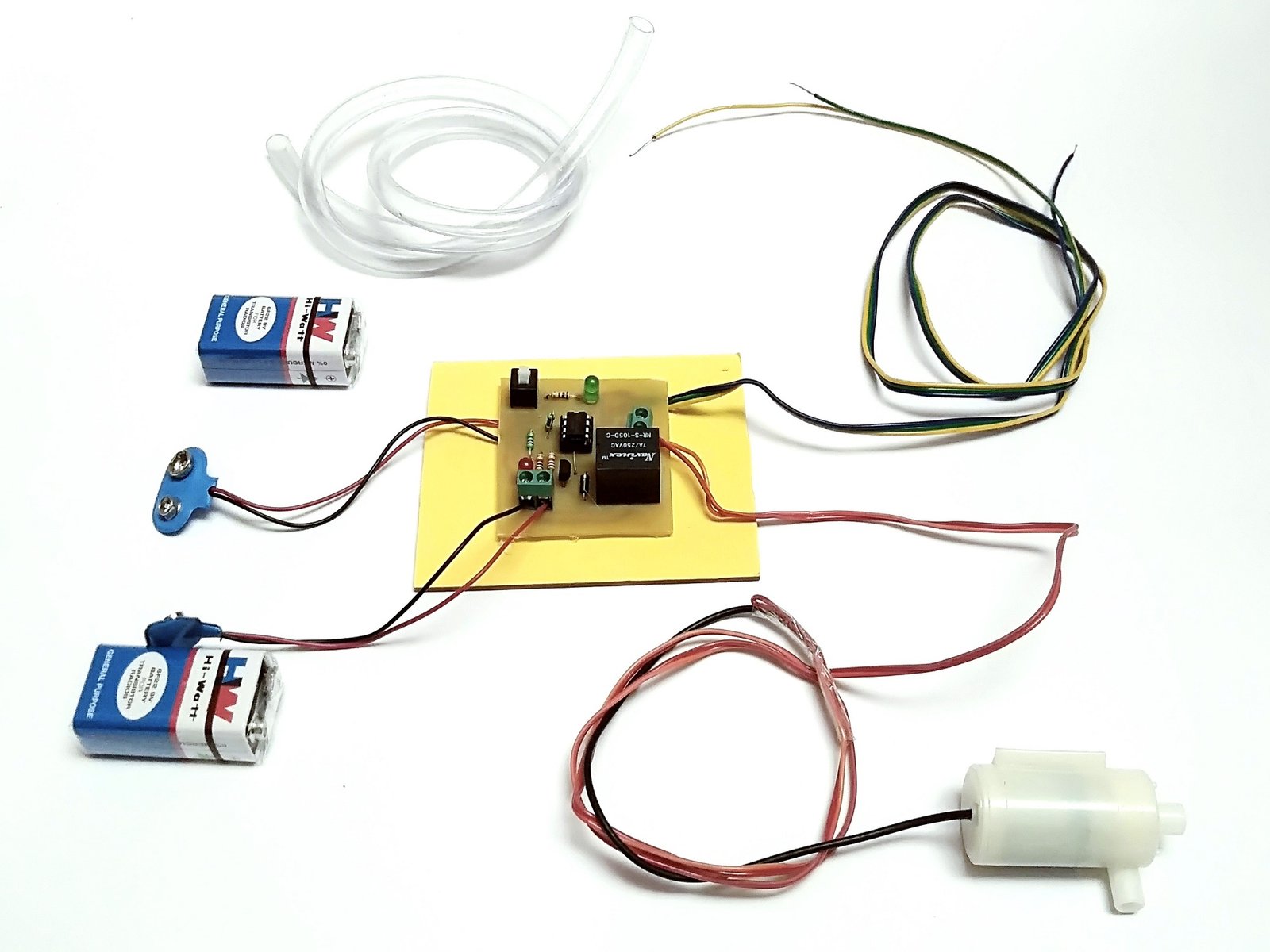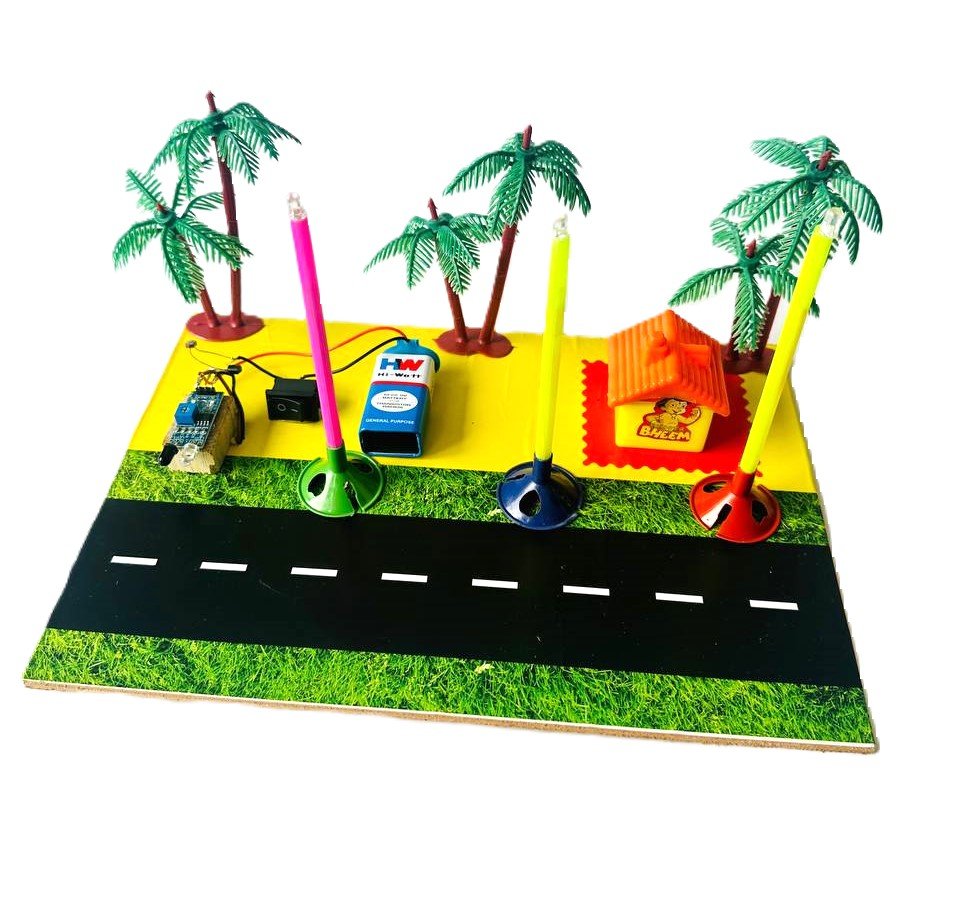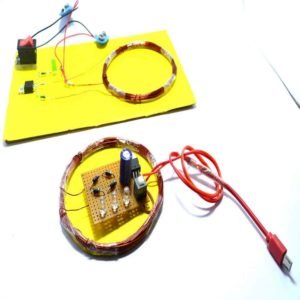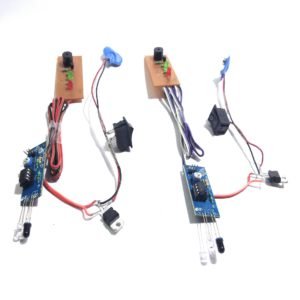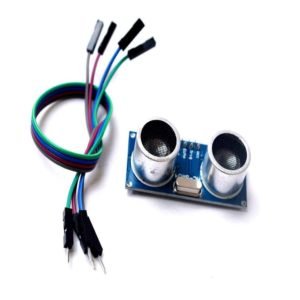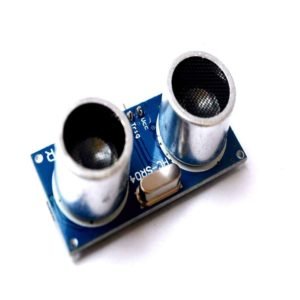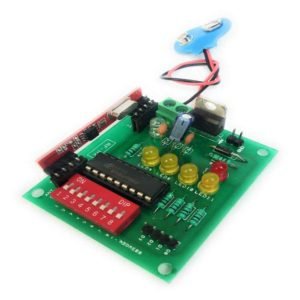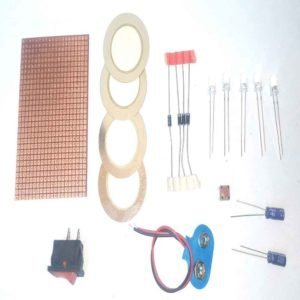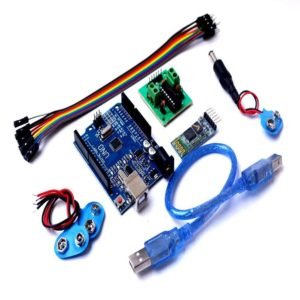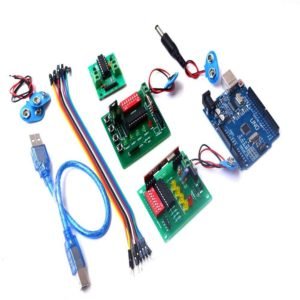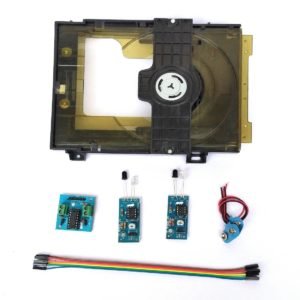-33%
Speed Controller for DC Motor
Original price was: 5,999.00₹.3,999.00₹Current price is: 3,999.00₹.
This system allows precise control of motor speed through Pulse Width Modulation (PWM), offering an ideal solution for robotics, automation, or any application requiring adjustable motor speeds.
- College Level Project.
- Totally Hand-made.
- No Branding.
- 100% working. Tested by S.R. Robotics.
- FREE Report + Ppt + Synopsis.
- FREE Shipping.
- Description
Description
Description
The Speed Controller for DC Motor with Arduino UNO and L298N Motor Driver is a versatile and educational project that enhances your motor control capabilities. Whether for robotics, automation, or learning purposes, this system provides a reliable and user-friendly solution for adjusting motor speeds with precision.
Major Components:
- Arduino UNO:
- The brain of the system, Arduino UNO, facilitates seamless communication between the L298N Motor Driver, push buttons, and the DC motor, enabling precise speed control.
- L298N Motor Driver:
- The L298N dual H-bridge motor driver interprets signals from the Arduino UNO and regulates the speed and direction of the DC motor. Its robust design allows efficient motor control.
- DC Motor:
- The project employs a DC motor as the actuator. The L298N Motor Driver manages the power supplied to the motor, and PWM signals from Arduino UNO determine the motor speed.
- Push Buttons:
- User-friendly push buttons enable manual control of the motor speed. Pressing the buttons adjusts the PWM signals, providing real-time speed changes.
How it Works:
- Arduino PWM Control:
- The Arduino UNO generates Pulse Width Modulation (PWM) signals, which are sent to the L298N Motor Driver. PWM allows precise control over the average voltage supplied to the DC motor, regulating its speed.
- L298N Motor Driver Operation:
- The L298N interprets the PWM signals from Arduino UNO and adjusts the voltage supplied to the DC motor. It also handles the direction control based on input signals, allowing bidirectional motor movement.
- User Interaction with Push Buttons:
- Two push buttons enable users to manually control the motor speed. Pressing the buttons adjusts the PWM signals, allowing users to increase or decrease the speed of the DC motor in real-time.
- Versatile Speed Adjustments:
- The combination of PWM control and push-button interface provides a versatile speed adjustment mechanism, catering to various applications and user preferences.
Benefits:
- Precision Motor Control: Utilize PWM signals for accurate and smooth speed adjustments, achieving precise control over the DC motor.
- User-Interactive Design: The inclusion of push buttons offers a user-friendly interface, allowing manual adjustments to motor speed without the need for complex setups.
- Bidirectional Control: The L298N Motor Driver facilitates bidirectional motor movement, expanding the project’s applicability for different motor control scenarios.
- Ideal for Learning and Prototyping: This project serves as an educational tool for understanding PWM, motor control, and the integration of hardware components, making it an ideal choice for learning and prototyping.


